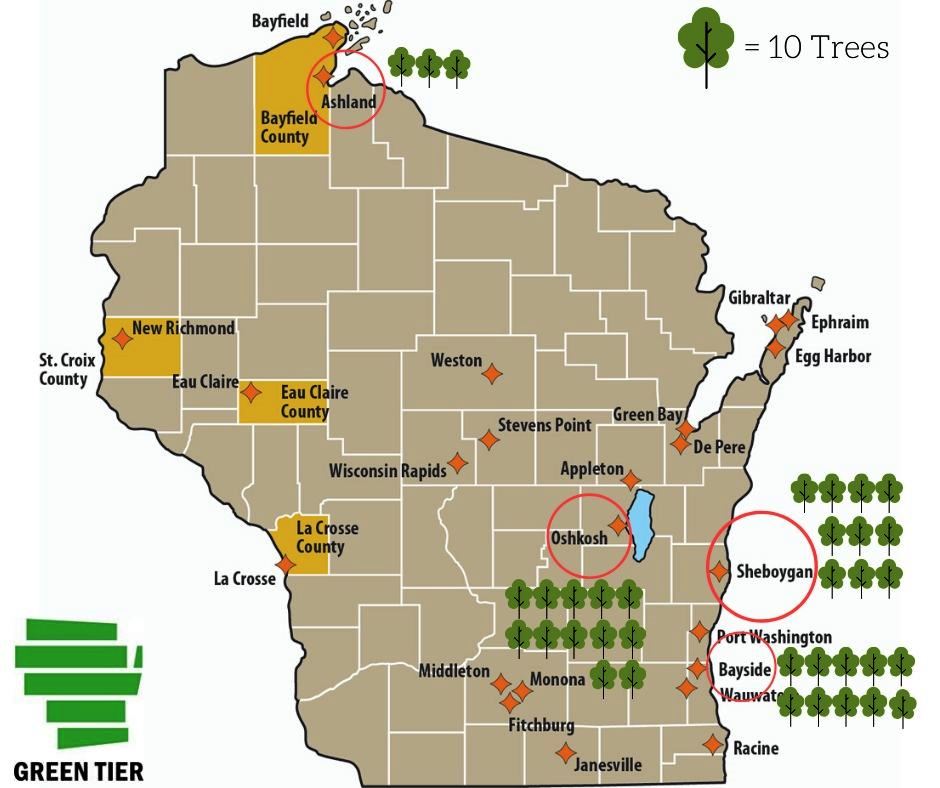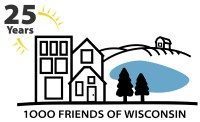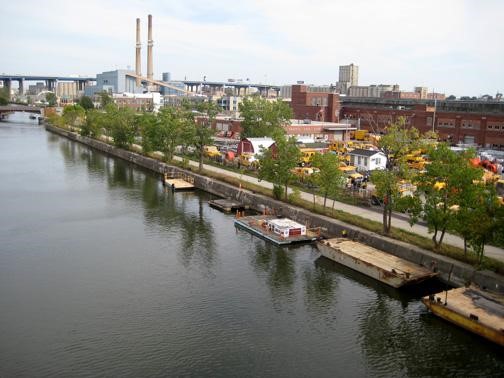Expanding Urban Forests to Protect our Great Lakes
1000 Friends led a project to expand urban forest canopies to protect watersheds in four Green Tier Legacy Communities (GTLC).
We worked with Ashland, Bayside, Oshkosh and Sheboygan to plant 350 trees to reduce runoff into the Great Lakes.
- Ashland planted 34 trees in Bayview Park on the shore of Lake Superior to be the last line of defense against runoff.
- Bayside (100 trees) and Oshkosh (120 trees) will be planting their trees on plots throughout their communities to help disperse runoff.
- Sheboygan replaced 96 ash trees that were removed because of the emerald ash borer (EAB) – they identified locations that align with the City’s Storm Water Plan. The tree planting initiative also aligned with Sheboygan’s Emerald Ash Borer and Urban Forestry Plan the city adopted in 2016.
A grant through the USDA Forest Service Great Lakes Restoration Initiative (GLRI) funded the tree plantings.
Read more about Oshkosh and Sheboygan.

Urban forests are crucial green infrastructure tools for reducing storm-water runoff. The expanded urban canopies in the four communities now collectively intercept approximately 20,650 gallons of water a year- the volume will continue to rise as they grow into mature street trees. The trees will also help reduce pollutant and sediment loading into Lake Michigan and Lake Superior by mitigating erosion and increasing nutrient infiltration.
While urban and community forests are vital resources for natural storm-water management, they provide a number of other diverse community benefits:
- Provide shade – mitigate the urban heat island effect
- Lower energy demands
- Reduce atmospheric CO2 levels and other air pollutants (see video below to learn how and why)
- Reduce traffic speeds
- Raise property values
- Increase wildlife habitat
Source: © Arizona Board of Regents / ASU Ask A Biologist.
For more information about the benefits of urban forests, see the Vibrant Cities Lab website.

